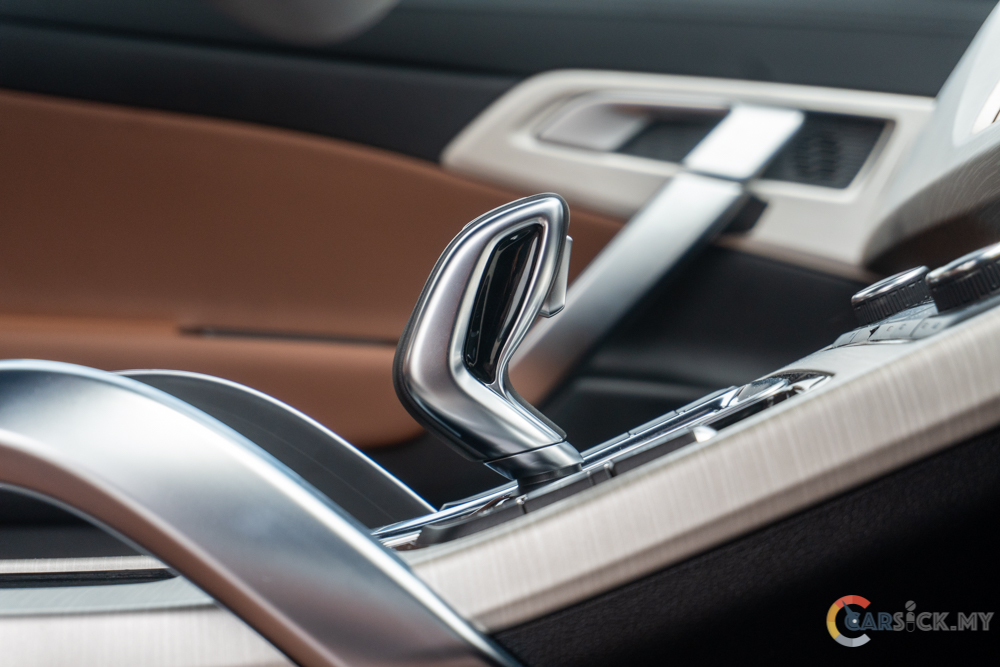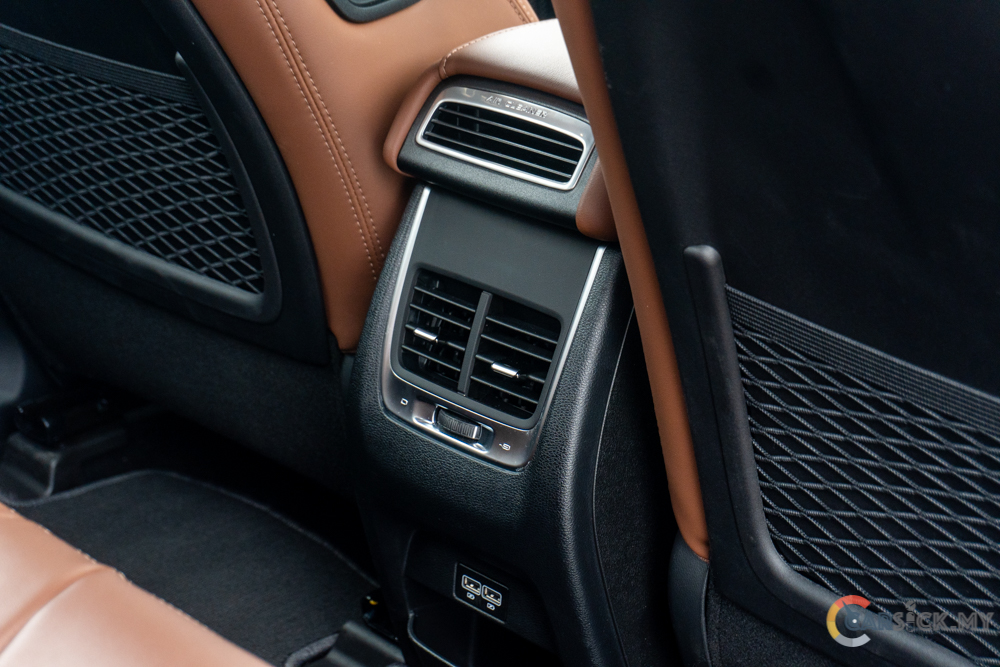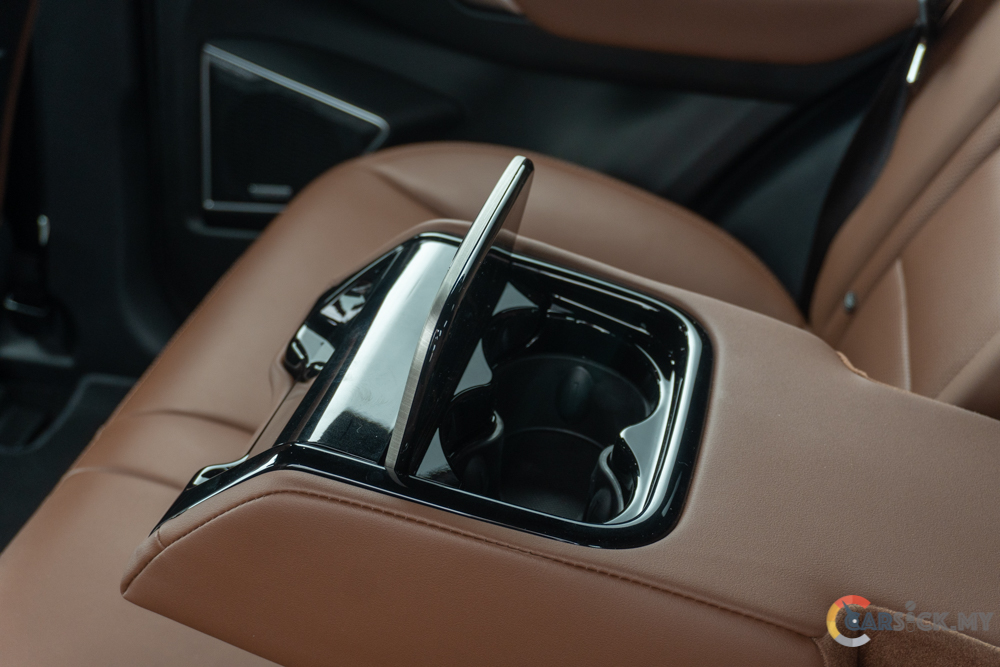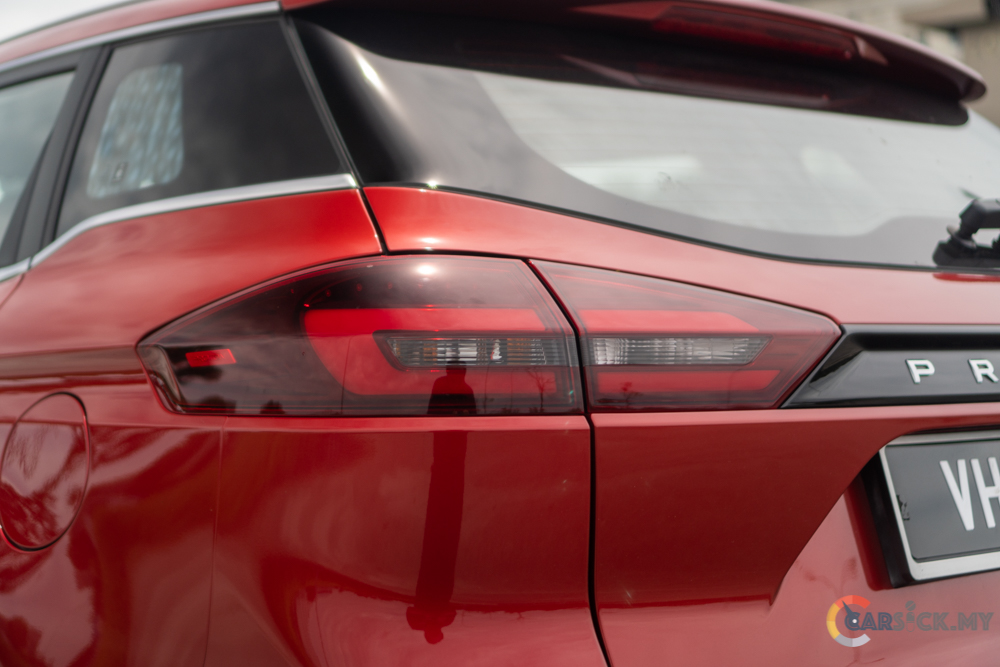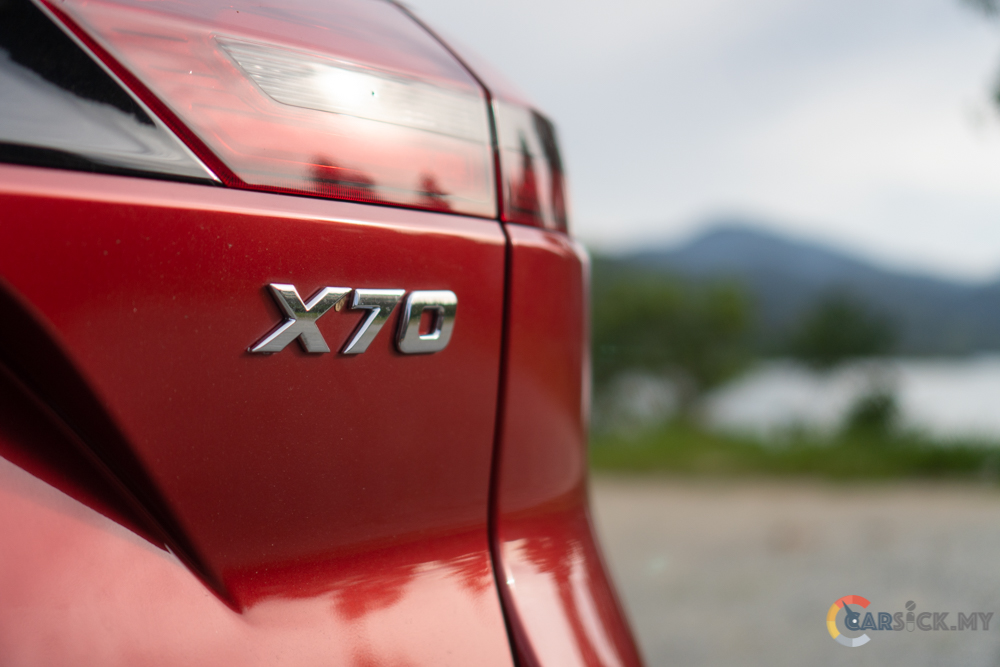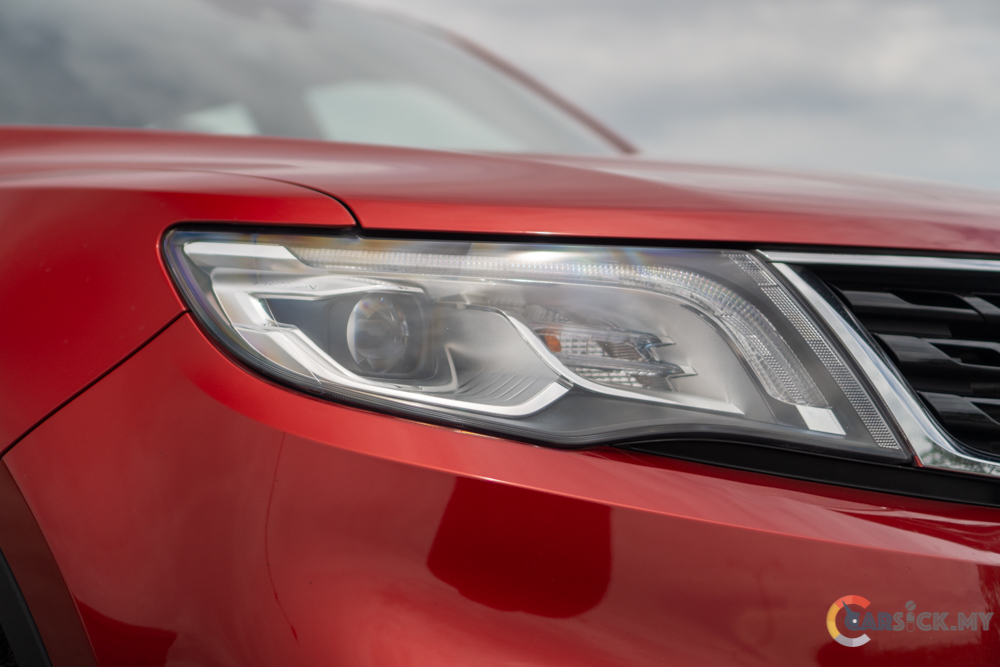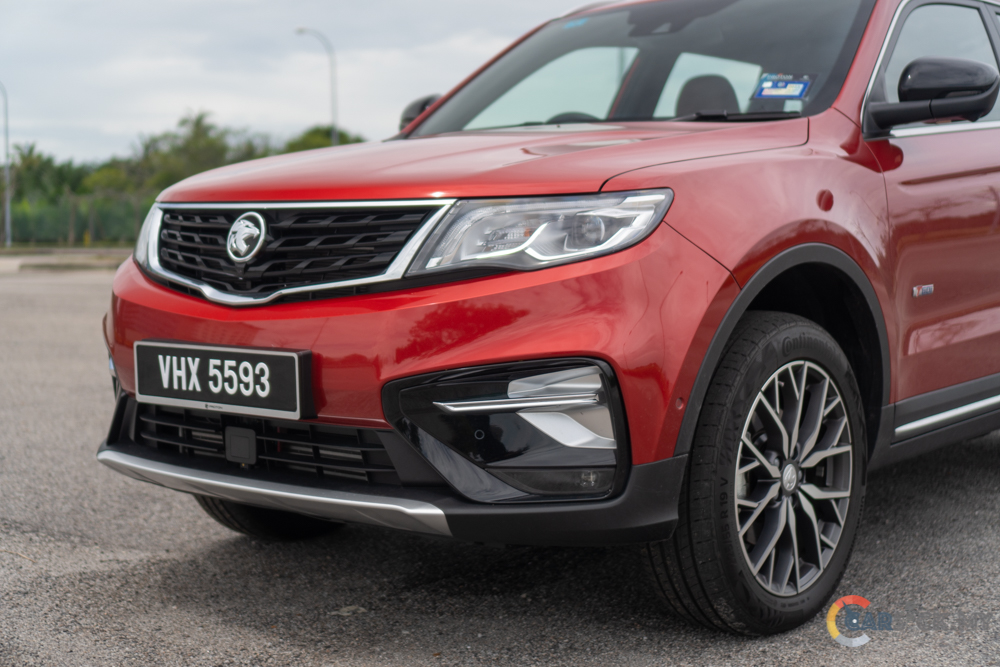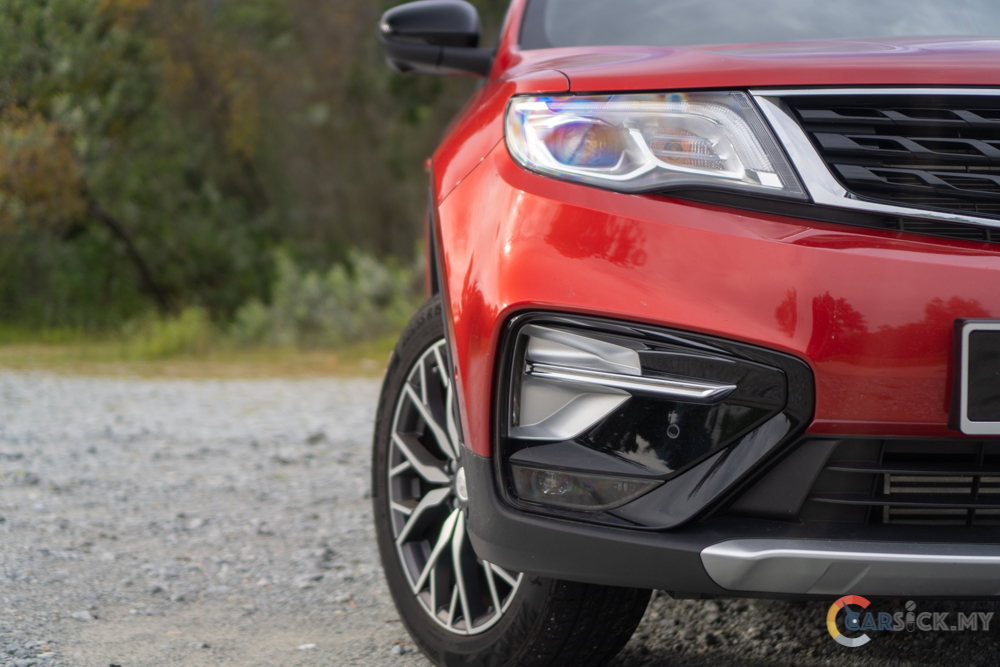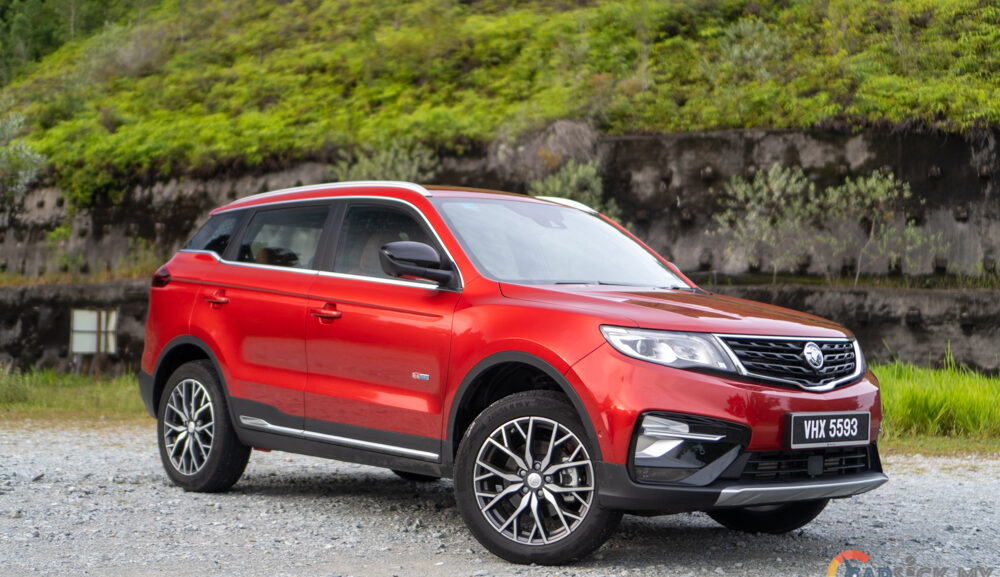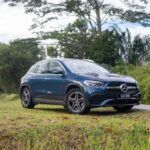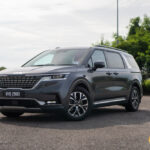When Proton launched the X70 4 years ago, it was very well accepted by Malaysians due to its value for money proposition. Despite its popularity, there is still plenty of room for improvement on the vehicle. So in 2022, Proton unveiled a new facelifted X70 not only to boost the sales of the vehicle, but also streamlining their manufacturing processes. This time round, I’ll be checking out the facelifted Proton X70, and see if Proton manages to make it an even better SUV than before.
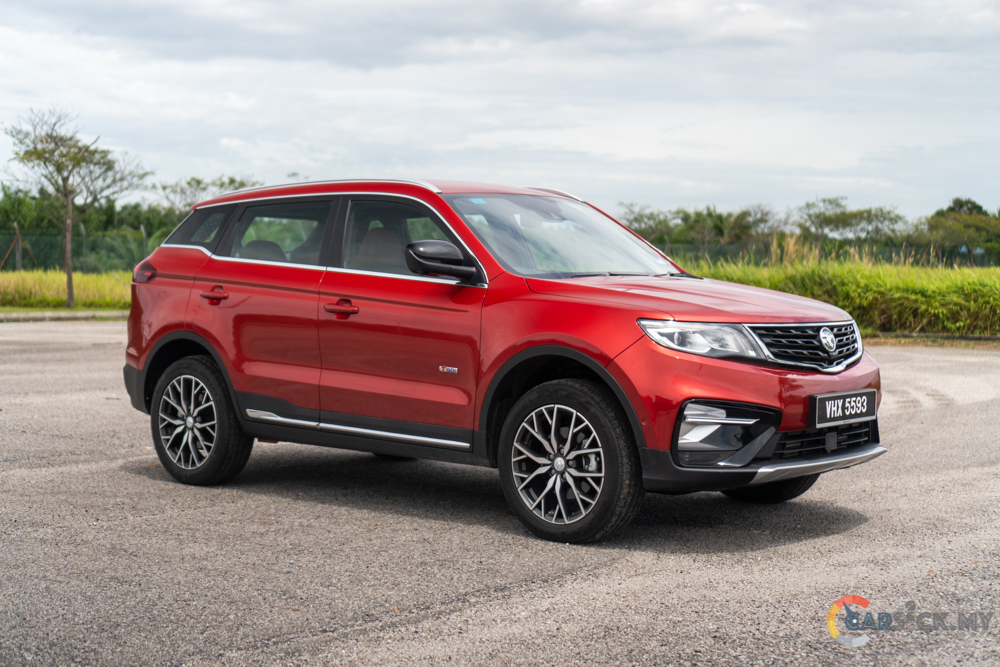
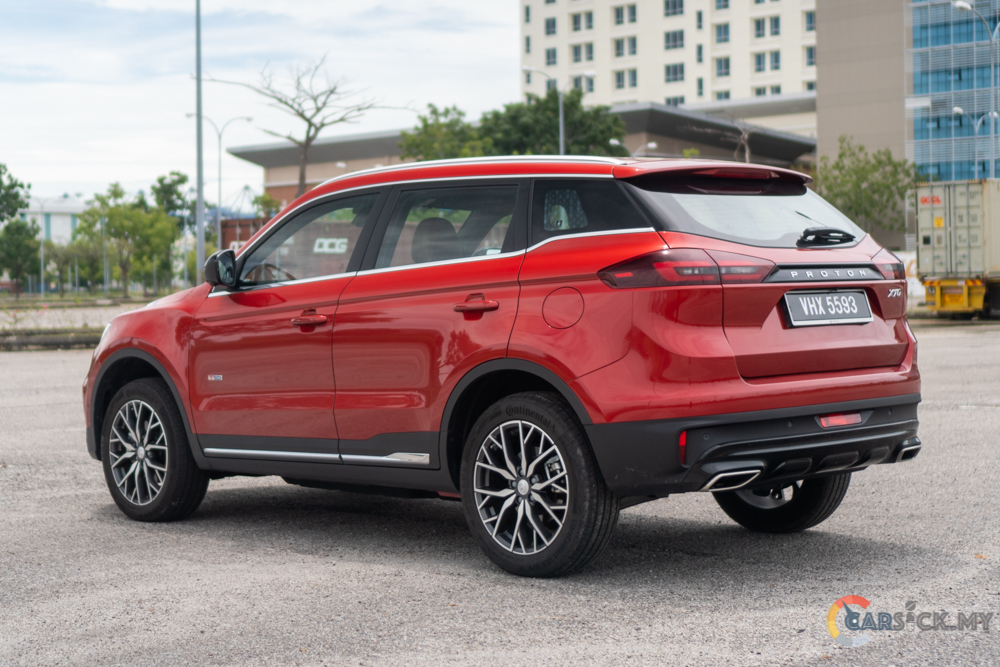 With the popularity of the vehicle, most Malaysians would have an idea on how the X70 looked by now. In order to give the facelift vehicle a slightly different look, Proton did some minor cosmetic changes to the exterior of the updated vehicle. On the 2022 X70, it now comes with blacked out parts to give the large SUV a more contrasting look. The parts that received these minor changes include the front bumper, wing mirror, rear center panel, and rear bumper. On top of that, the updated X70 also comes with a sportier looking set of rims to enhance the look of the SUV. Even though the rims are different, the size of it still remains at 19-inch and is wrapped in 225/55 R19 tyres.
With the popularity of the vehicle, most Malaysians would have an idea on how the X70 looked by now. In order to give the facelift vehicle a slightly different look, Proton did some minor cosmetic changes to the exterior of the updated vehicle. On the 2022 X70, it now comes with blacked out parts to give the large SUV a more contrasting look. The parts that received these minor changes include the front bumper, wing mirror, rear center panel, and rear bumper. On top of that, the updated X70 also comes with a sportier looking set of rims to enhance the look of the SUV. Even though the rims are different, the size of it still remains at 19-inch and is wrapped in 225/55 R19 tyres. 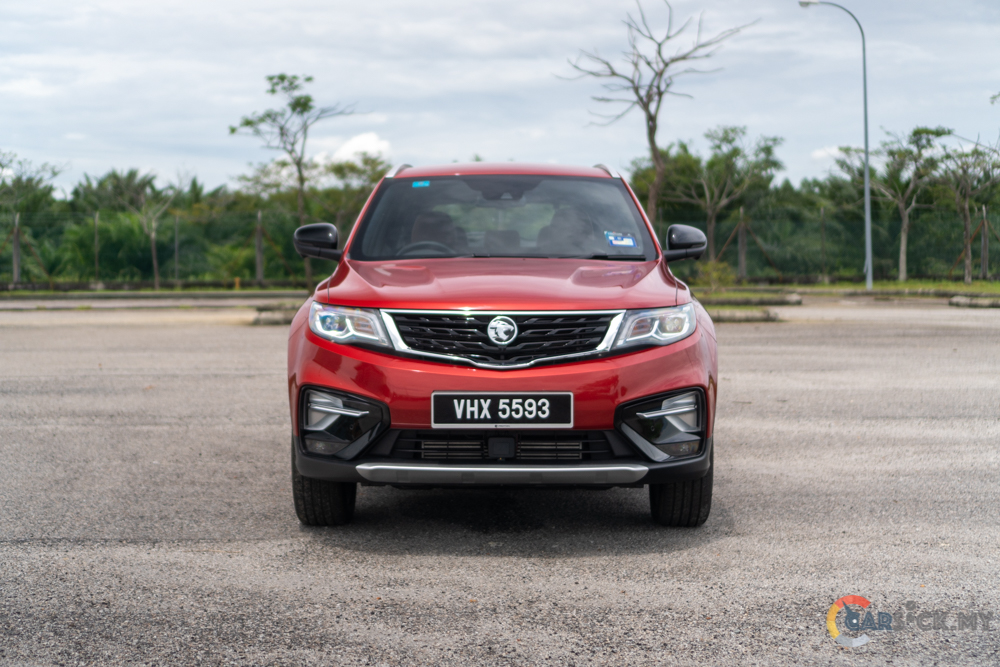
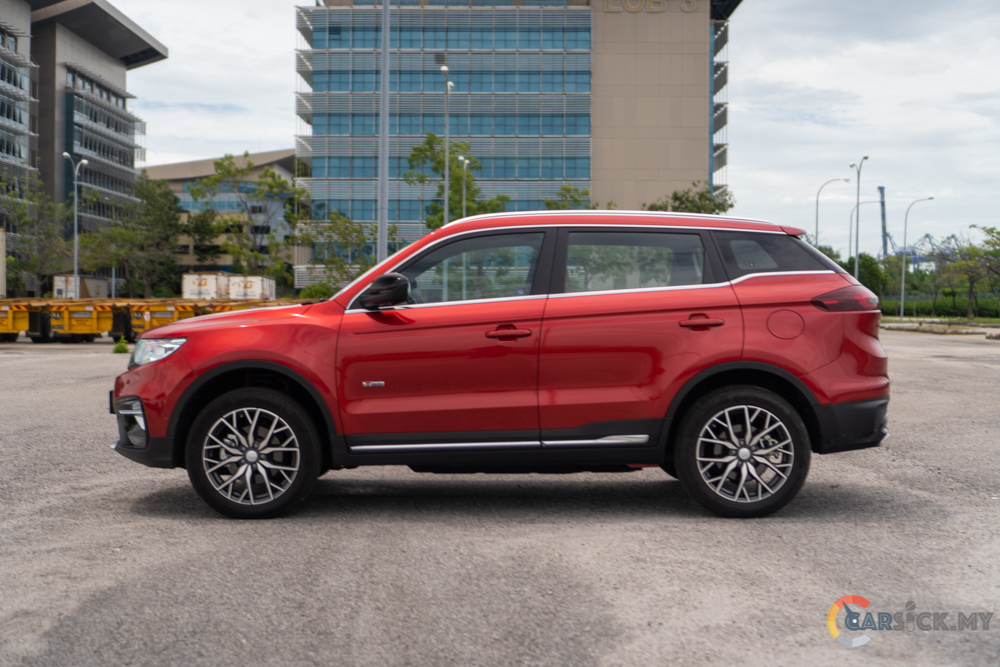
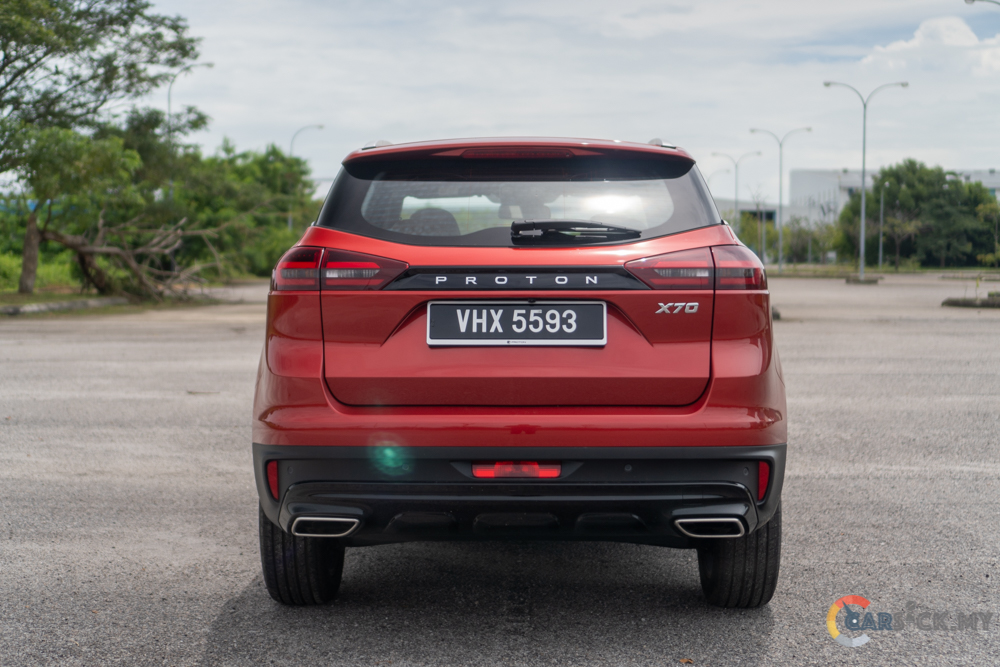
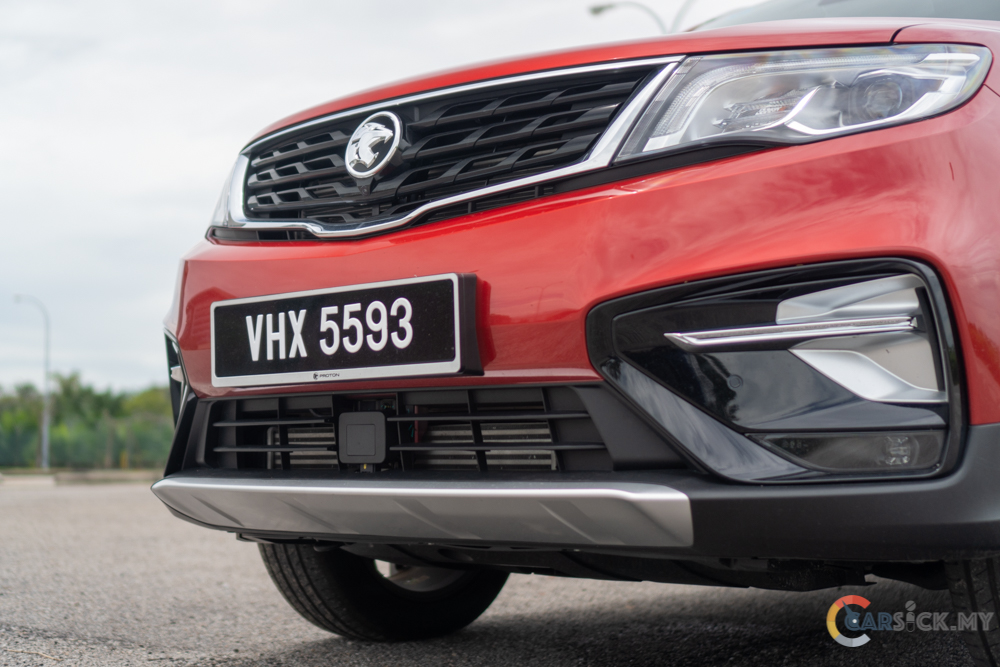
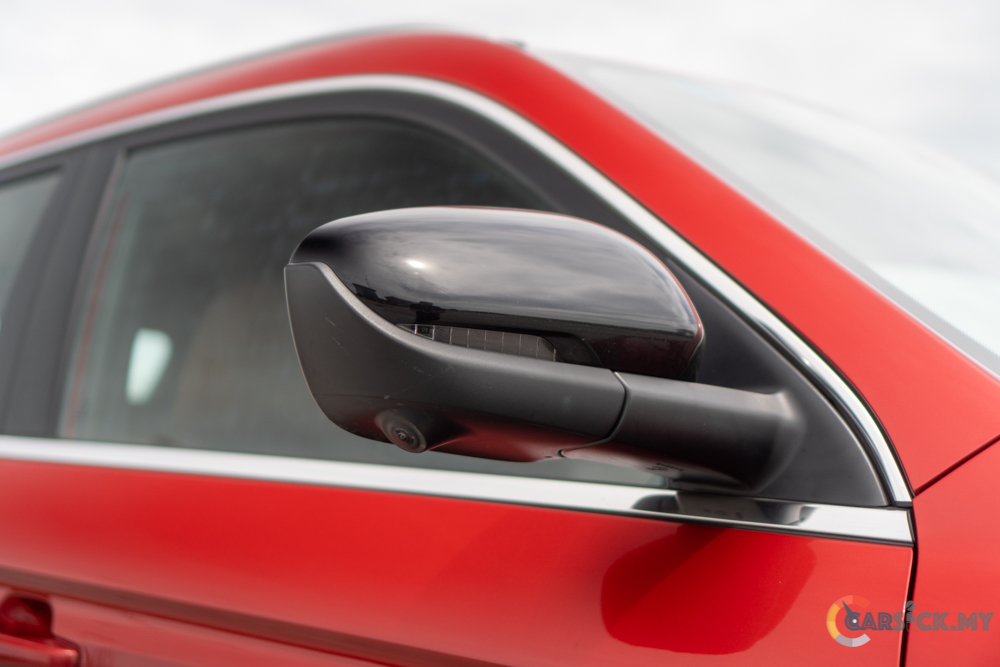
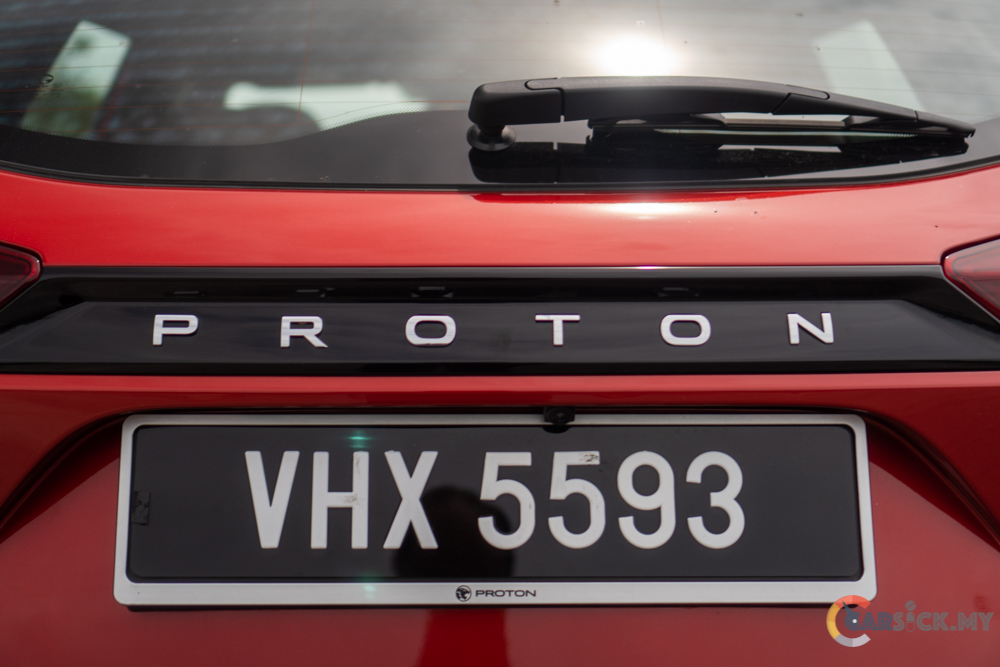
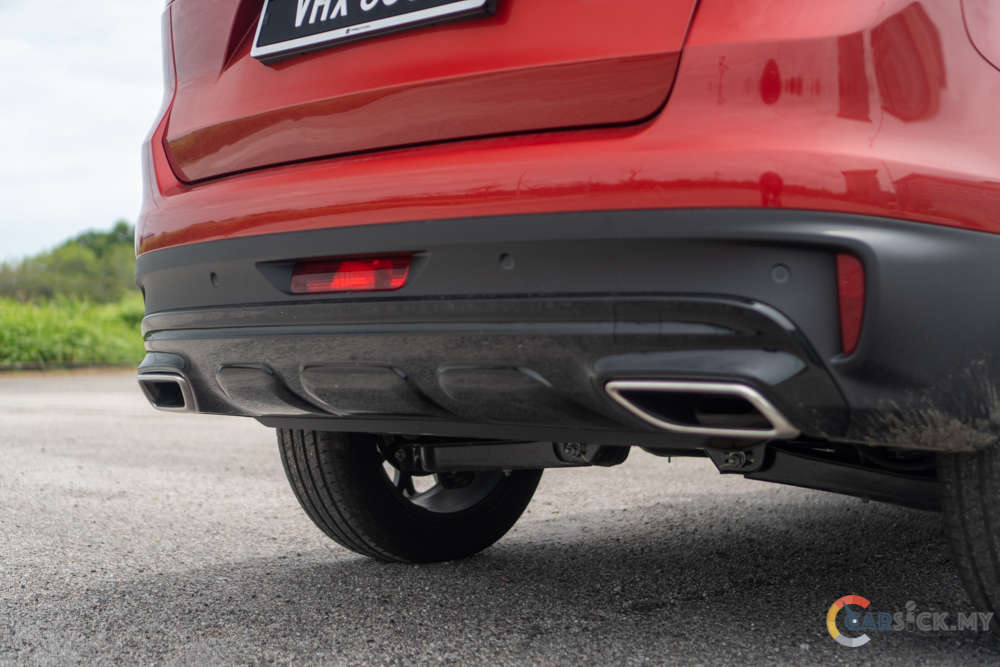
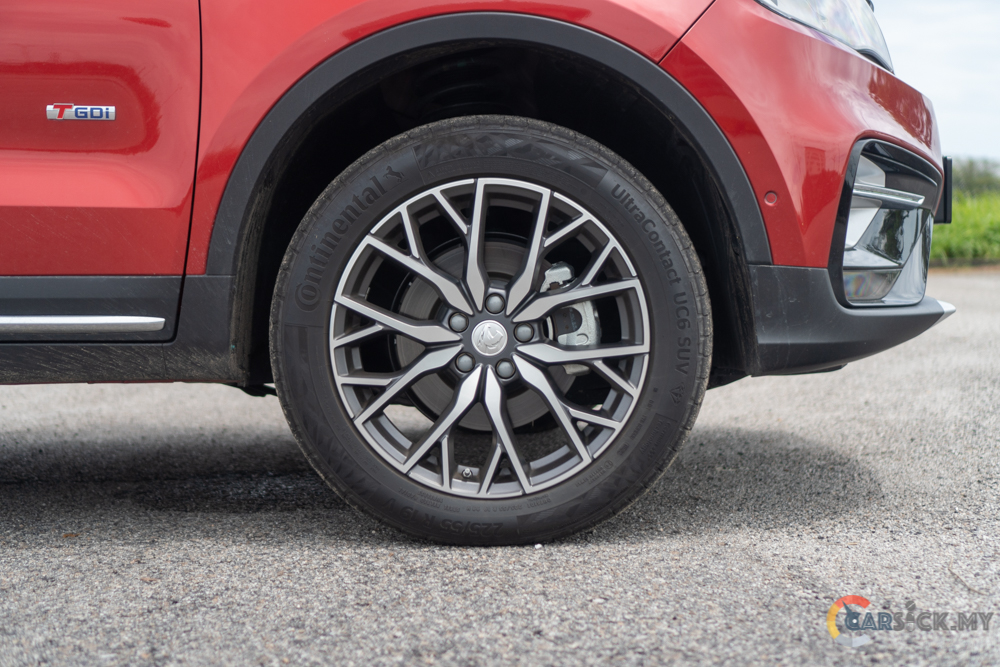
While Proton did some minor changes to the exterior, there are no changes being done to the interior of the updated X70. Based on 1st impressions, the interior of the X70 is calm and quiet, and most of the touch points around the cabin feels premium. Directly in front of the driver, the X70 uses a high definition display as the instrument cluster. The display is easy to read, but it’s not the most user friendly instrument cluster on the market. When I was trying to navigate around the instrument cluster, it took me a longer than usual amount of time to understand the operation of it. 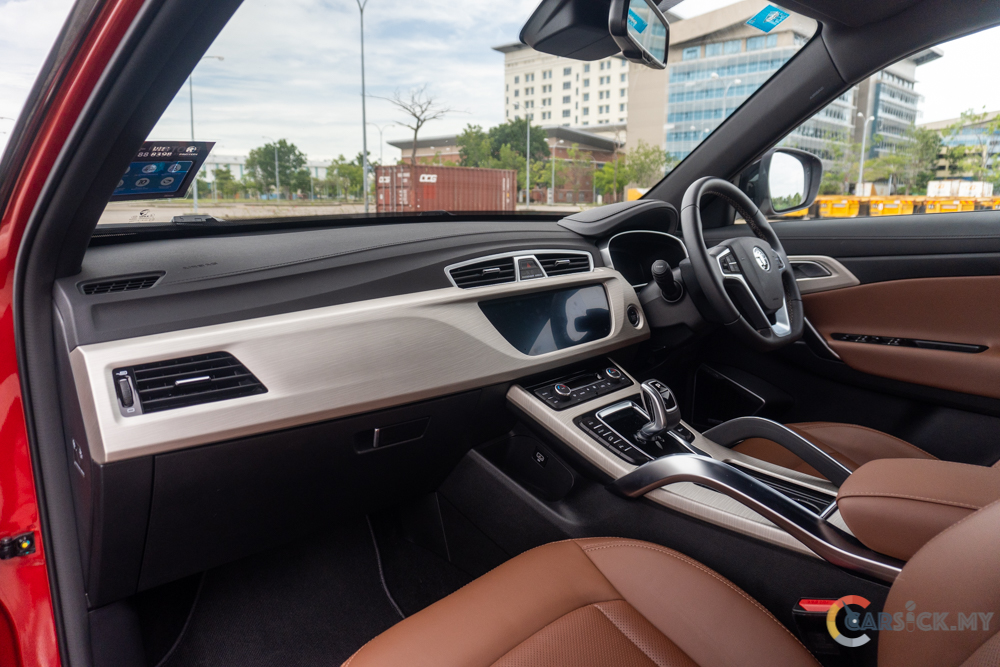
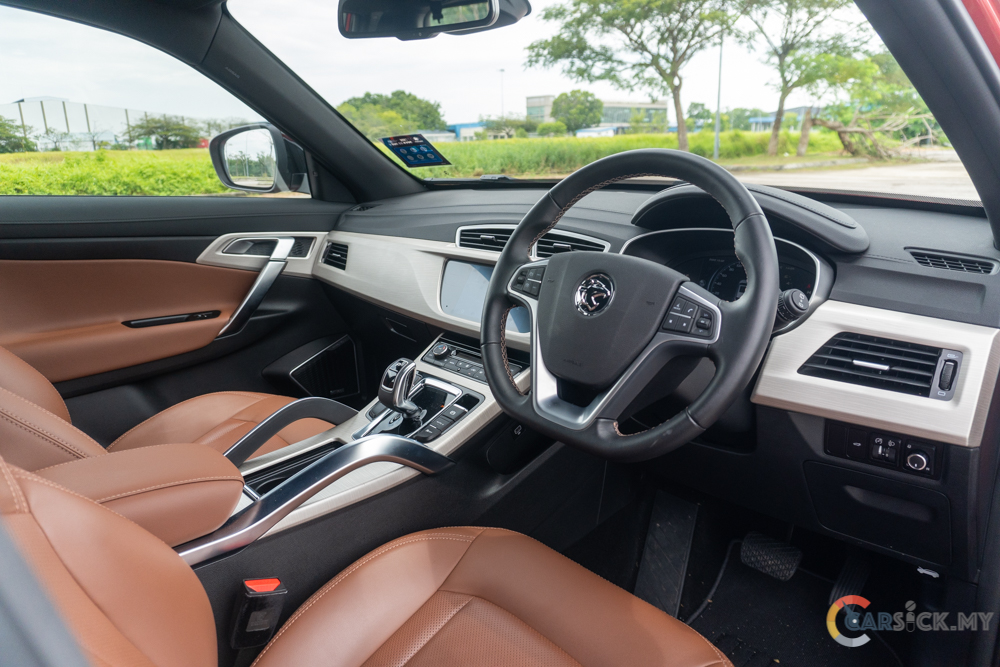
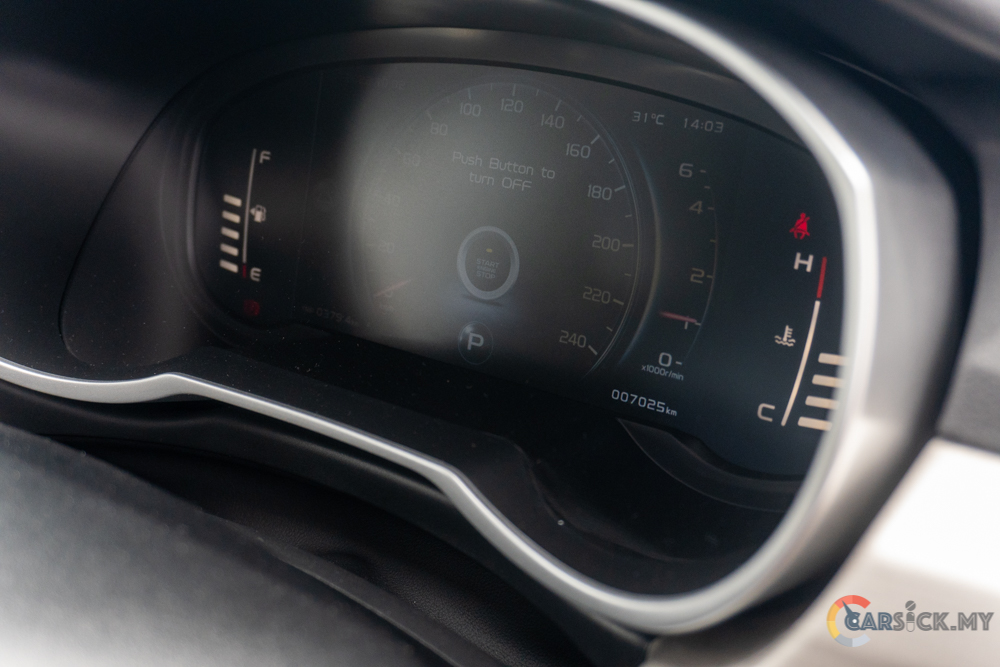
Just like the instrument cluster, the infotainment screen at the center of the dashboard is also high definition. I really like the sharpness and clarity of the infotainment screen, especially when the 360 surround view camera is being switched on. But the infotainment system still lacks connectivity functions such as Android Auto and Apple CarPlay. As this is the premium X70 variant, the infotainment screen is hooked up to a 9-speaker Kenwood sound system. In terms of the sound quality, it was definitely better than the standard sound system, but it’s just slightly better. 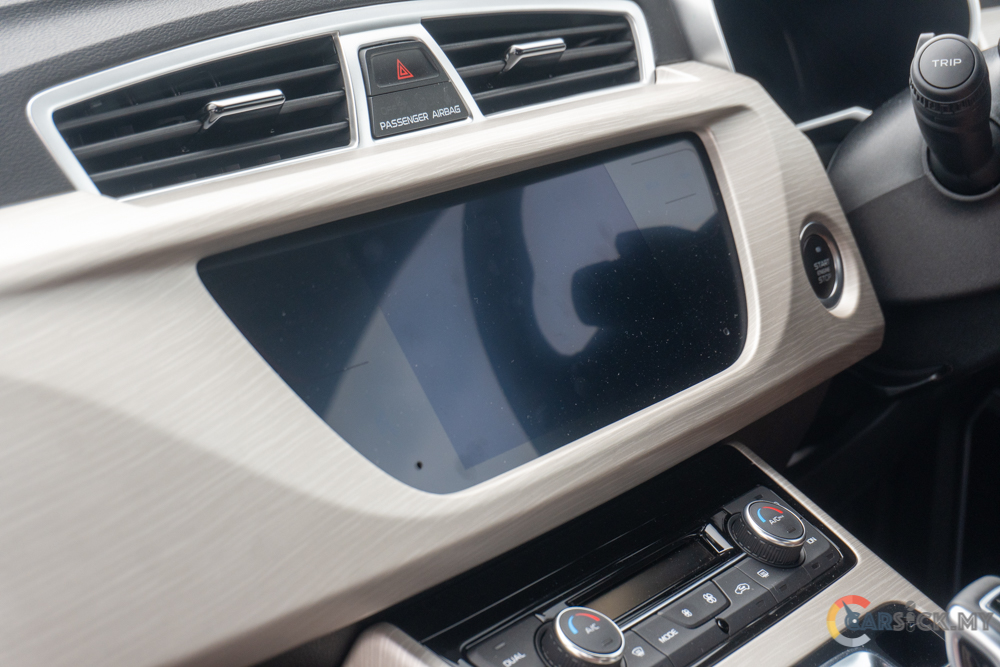
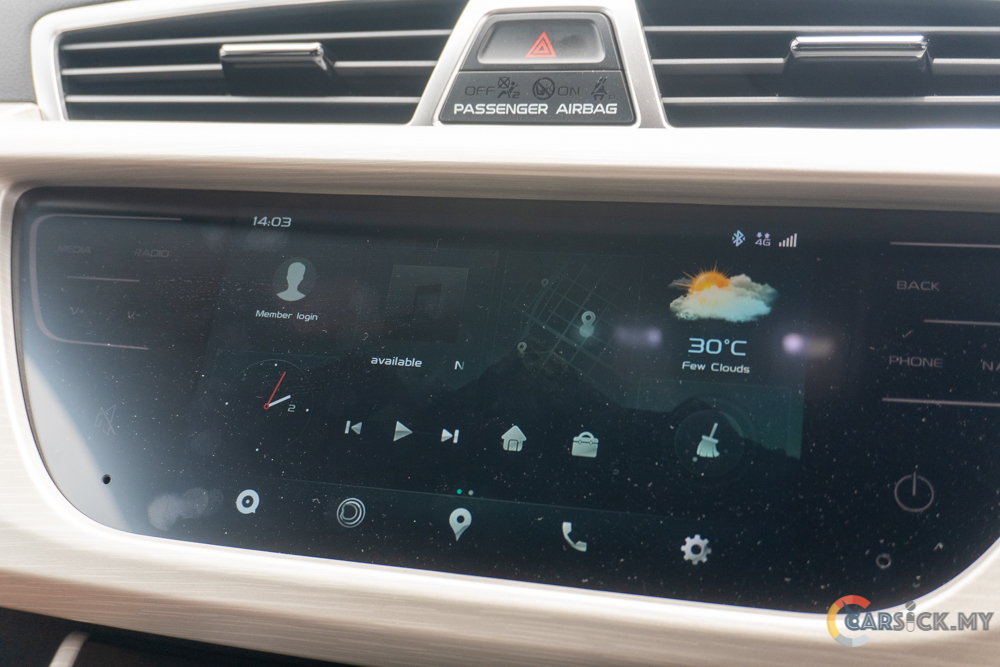
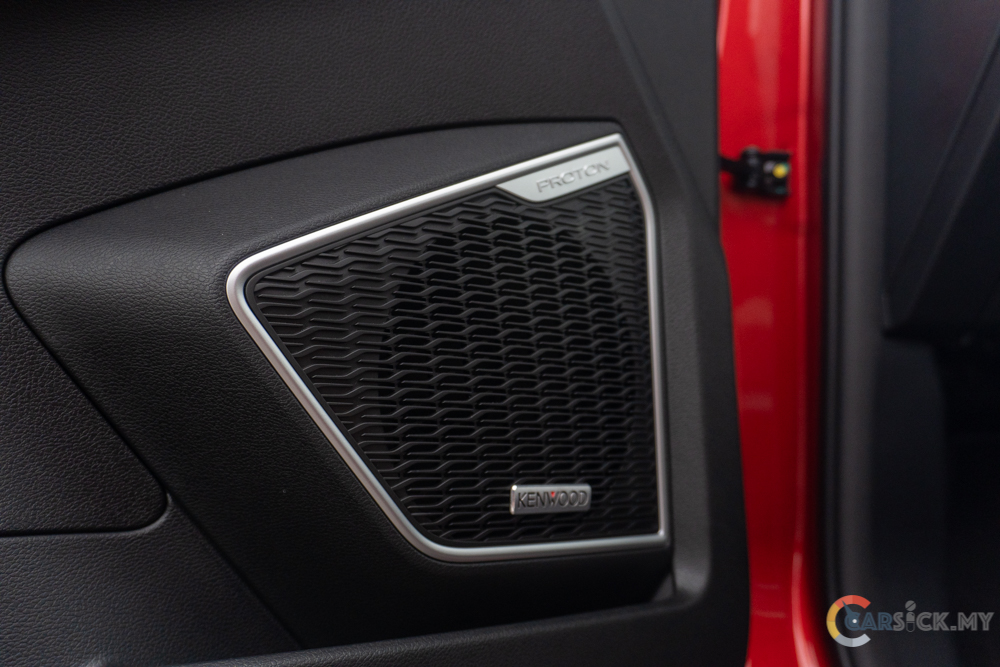
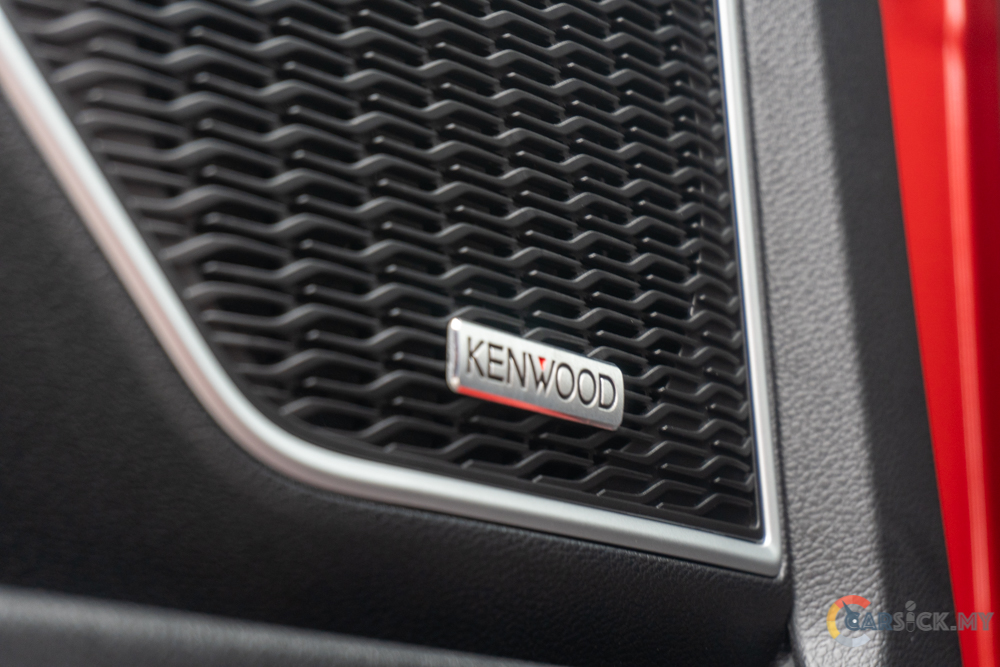
In the driver seat, the seating position does provide the driver a commanding view out of the windscreen. Personally, I wasn’t a fan of the seating position in the X70. I’ve already lowered the driver seat to its lowest position, and adjusted the steering wheel to its highest position, but I still feel like I’m sitting too tall in the driver seat. Apart from the driver seat, I think Proton could improve on the steering wheel design as well, as the current steering wheel design is not the nicest to hold on to. 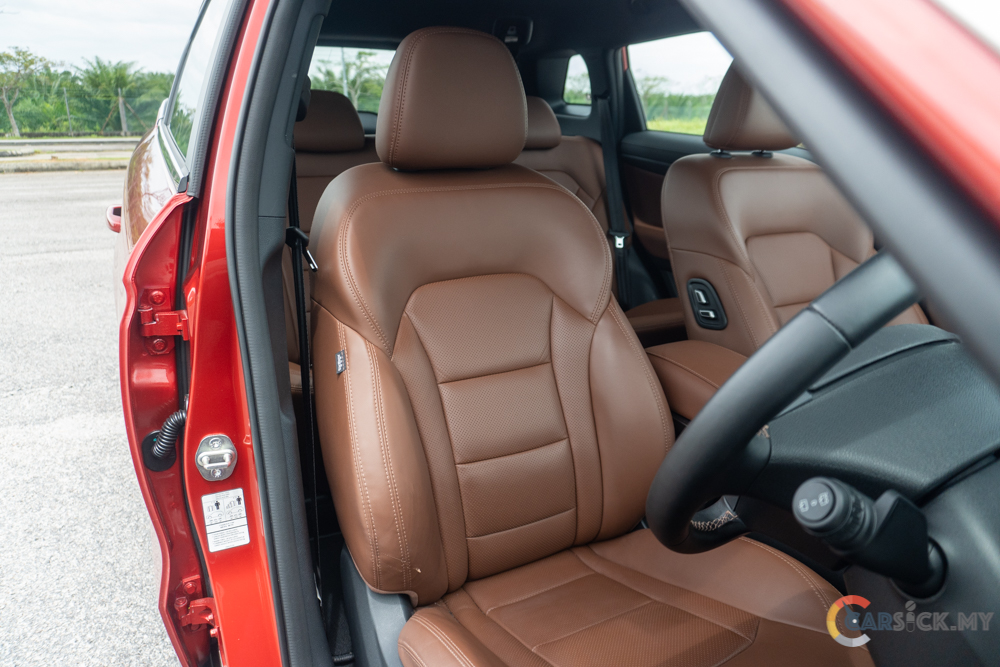
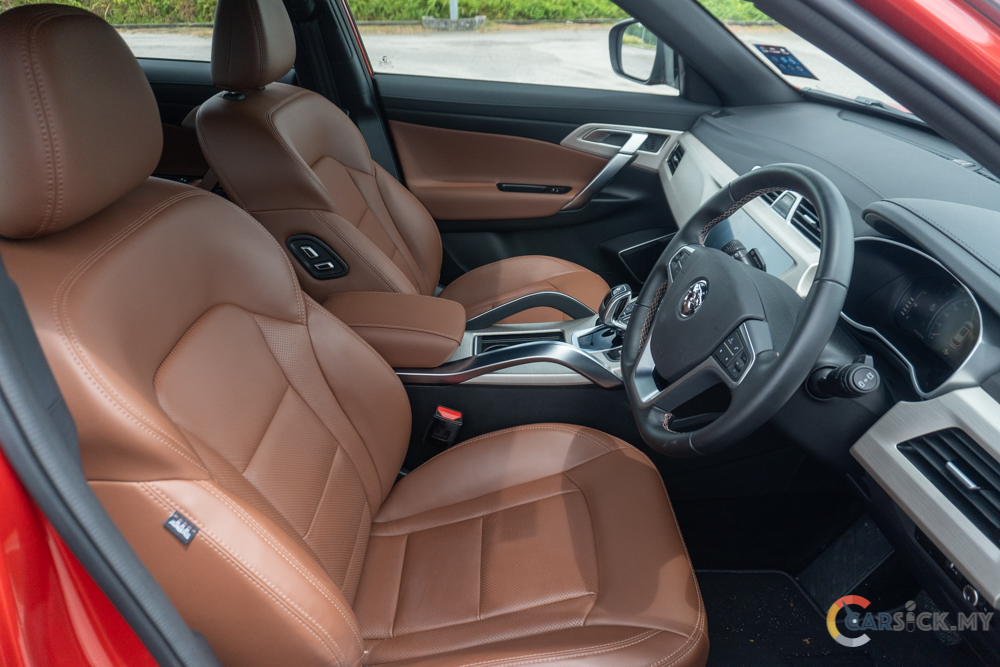
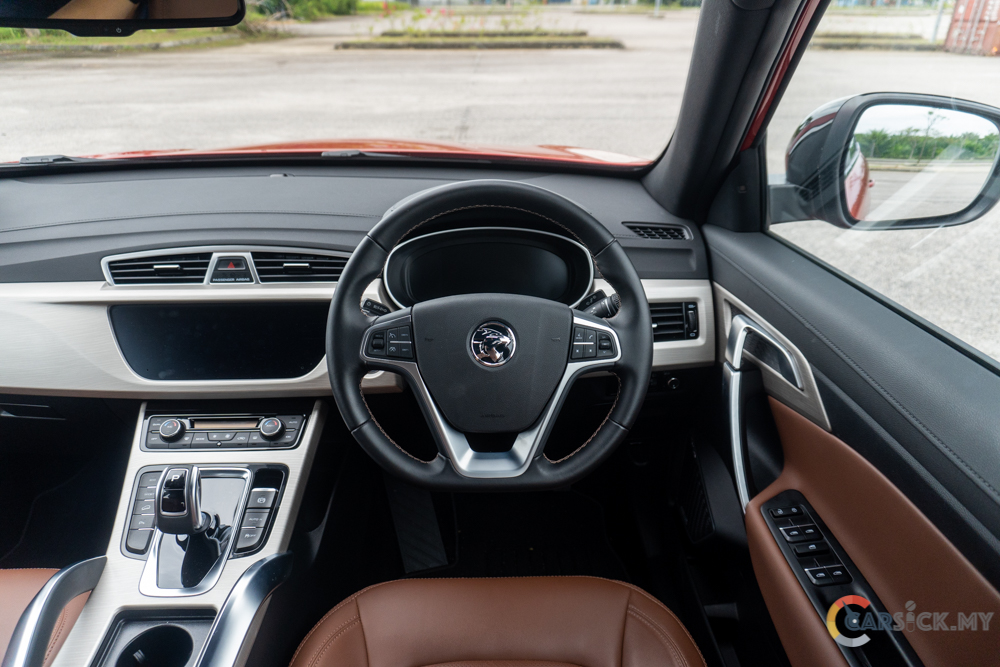
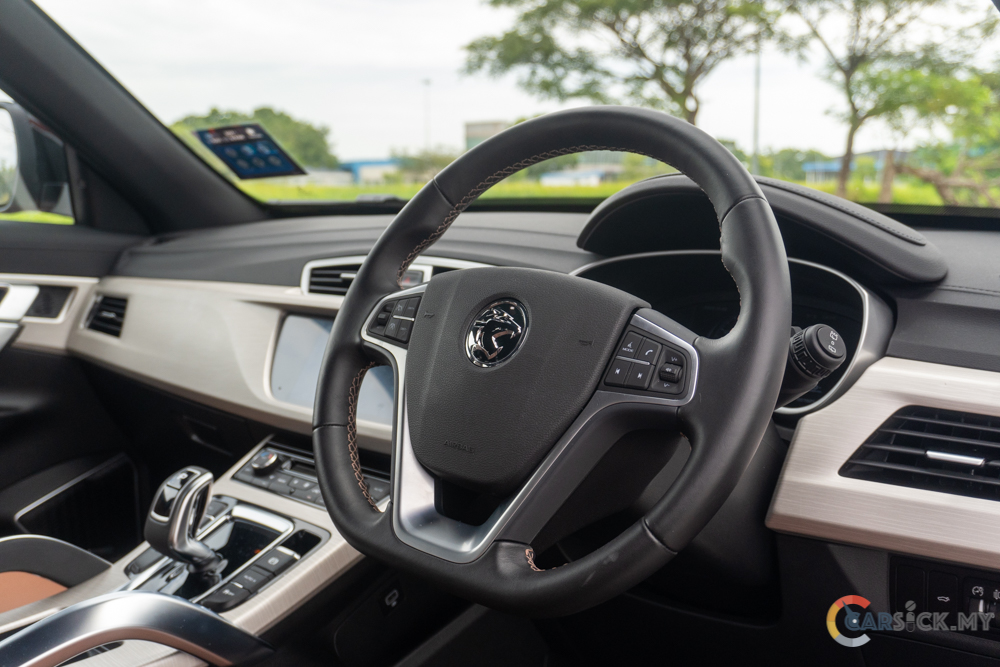
As for the rear seats, rear passengers get plenty of legroom and headroom to sit comfortably over long journeys. If the left rear passenger requires even more legroom space, they could adjust the front passenger seat with the boss switch at the side of it. In order to enhance the comfort level of the rear passengers, the seat back of the rear seats can be adjusted to suit the rear passenger’s posture. The seat back can also be folded down to expand the already huge 515L of boot space, but sadly, the seat back could not be folded down flat. 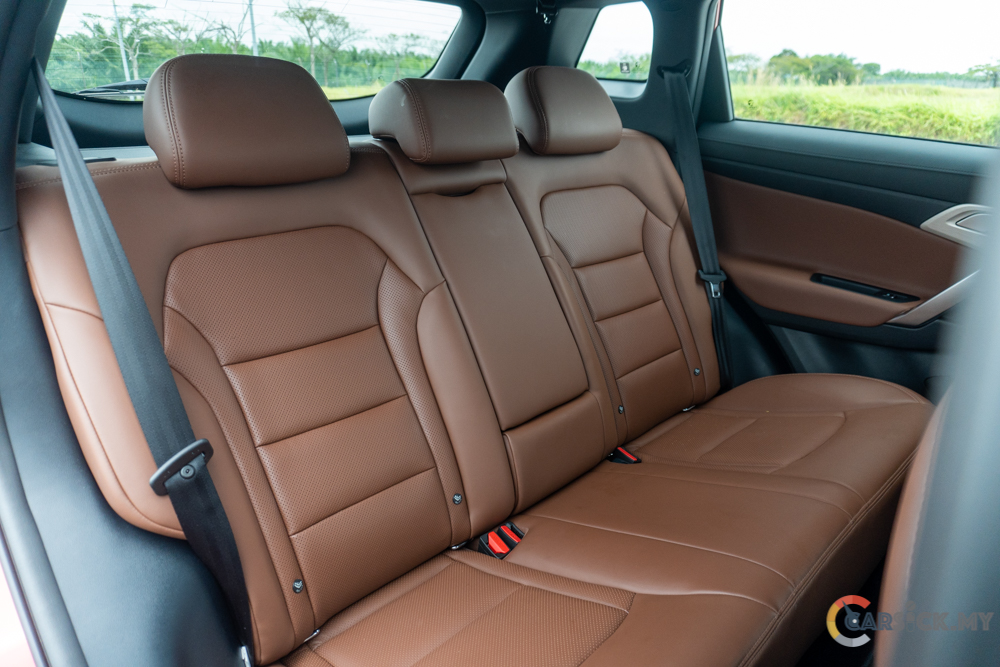
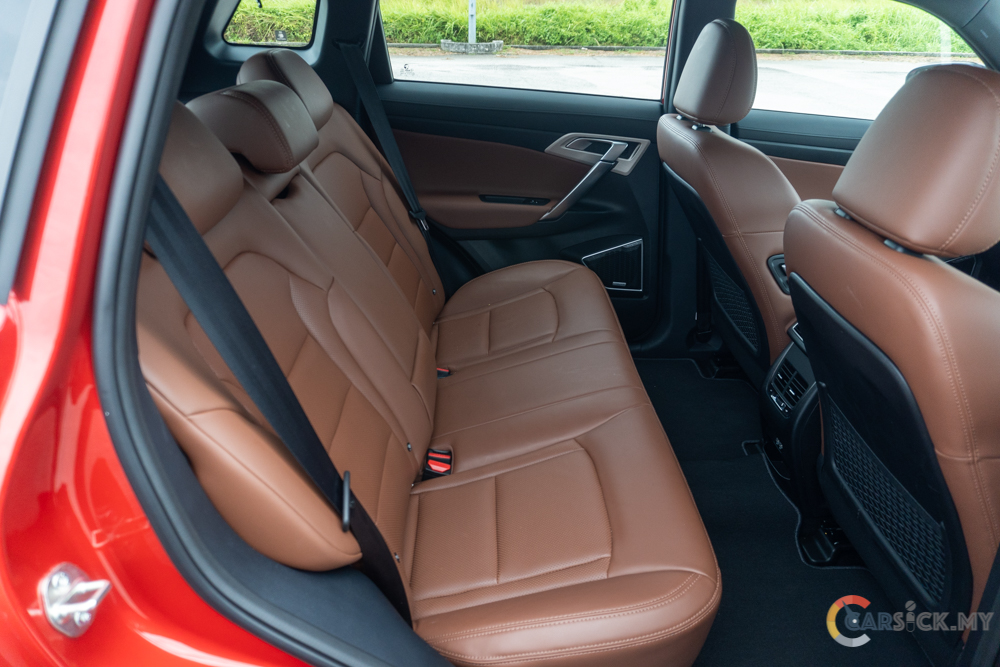
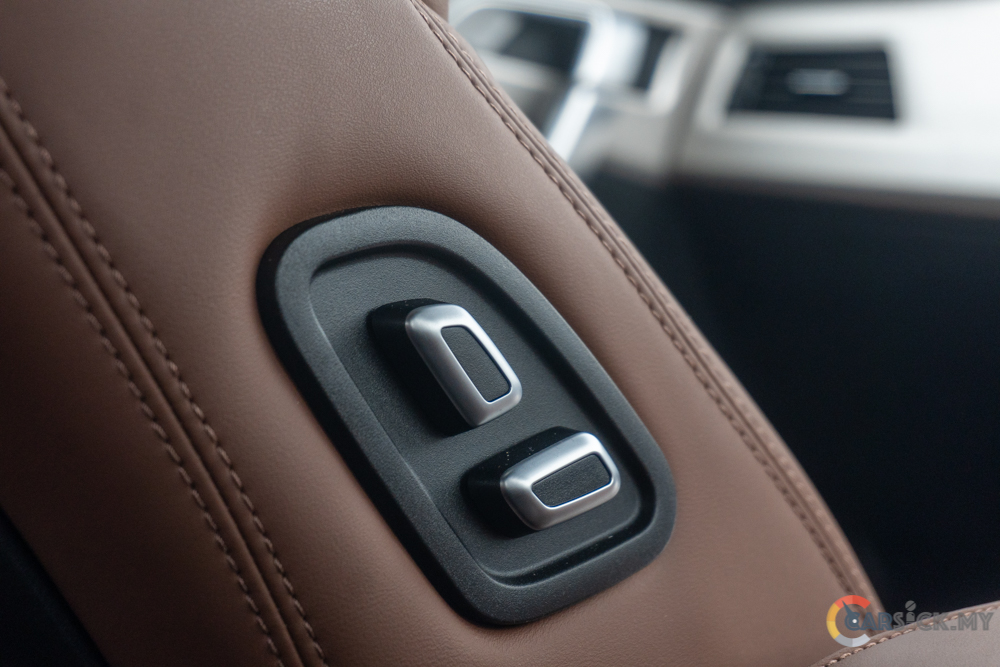
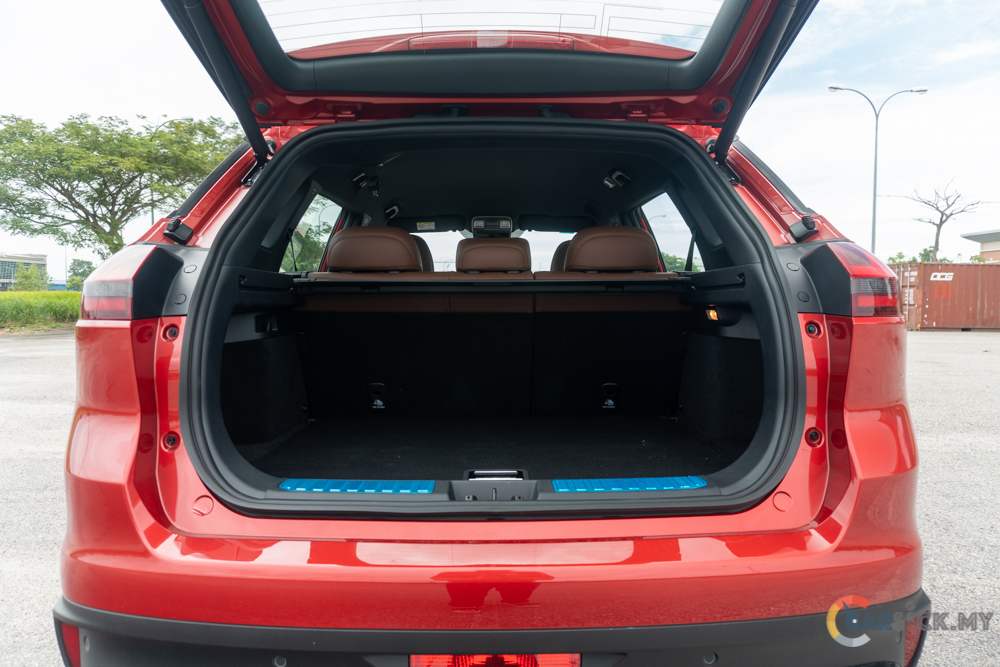
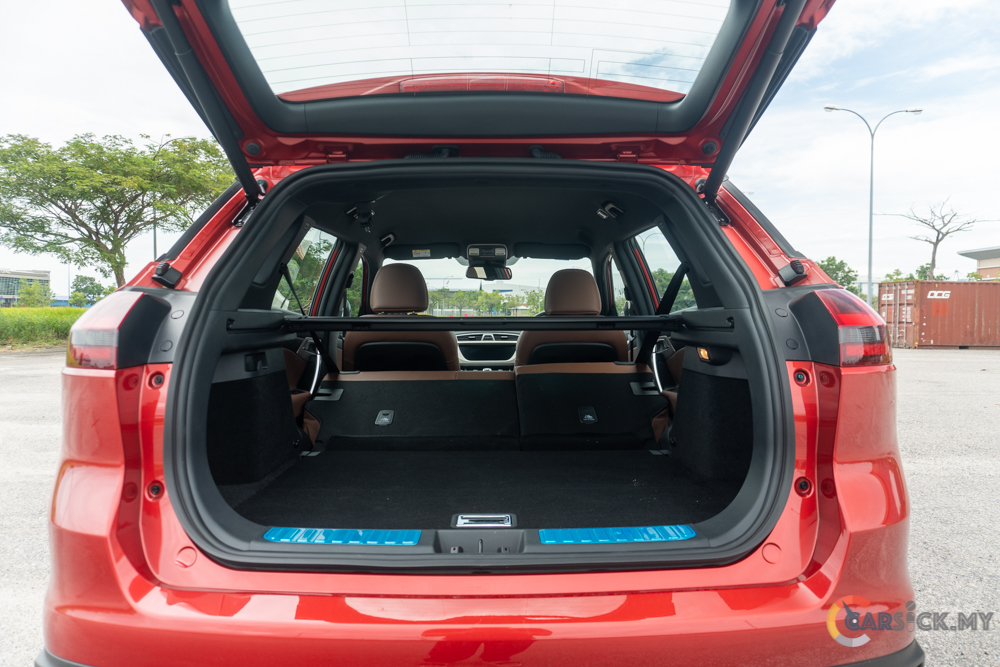
The main update that the 2022 Proton X70 gets, is the 1.5L turbocharged 3 cylinder engine that was also powering the Proton X50. While the engine has been updated, the updated X70 still uses the 7-speed dual clutch transmission (DCT) to send the engine power to the wheels. This engine has the ability to produce a maximum of power of 177PS at 5,500 RPM, and a peak torque of 255 Nm at 1,500 – 4,000RPM. The Proton X70 can hit the 100km/h mark from standstill in 9.8 seconds, but Proton did not share the top speed of the X70. 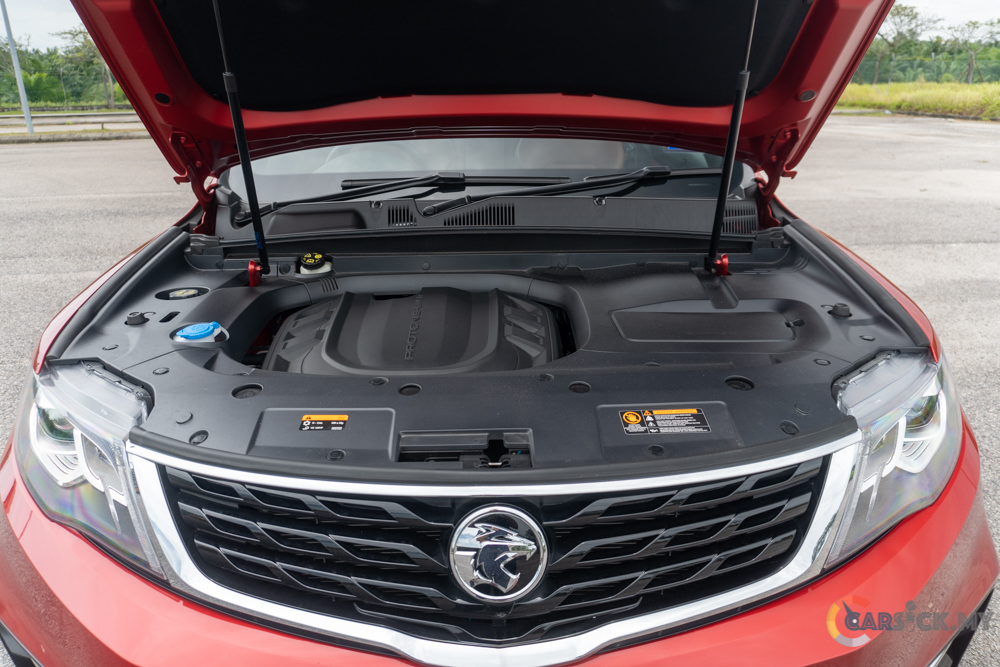
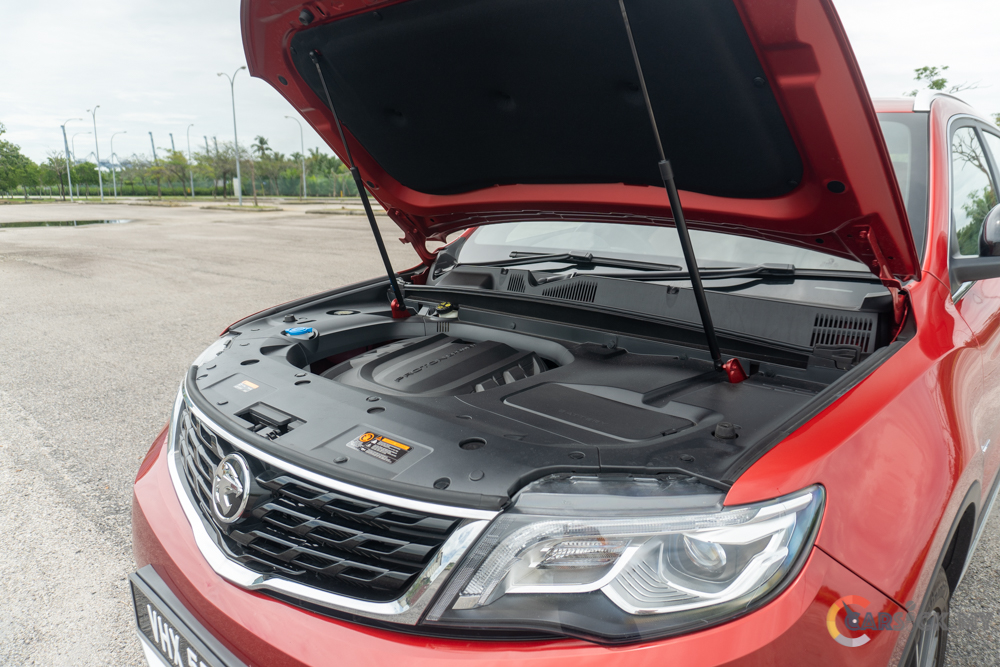
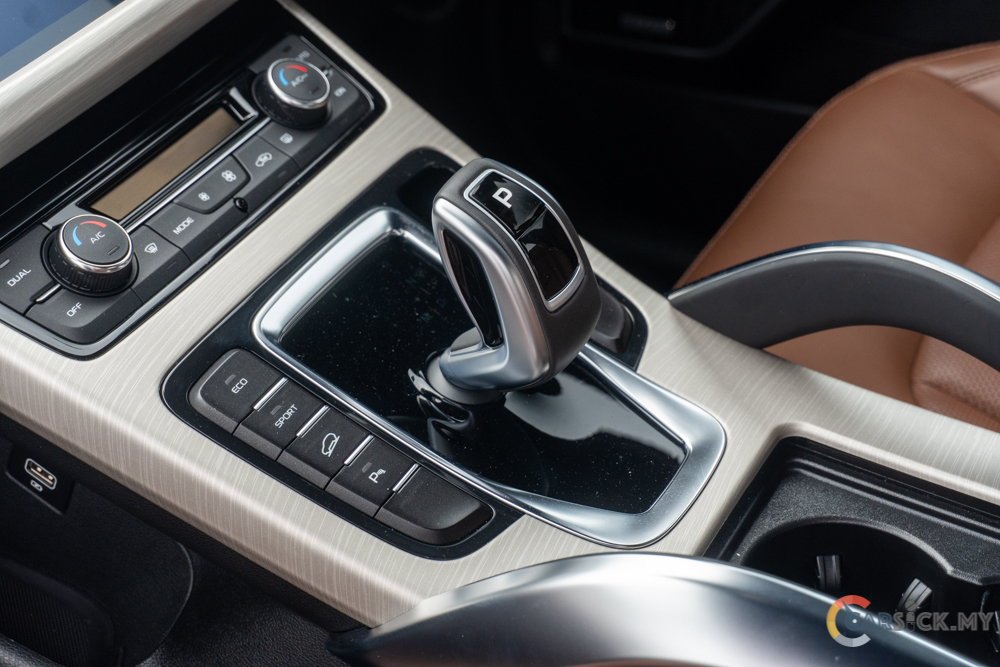
On the road, the 1.5L turbocharged engine does have sufficient power to bring the X70 up to speed. But with the heavier body of the X70, the turbo lag from the small engine becomes more prominent under acceleration. When the vehicle gets up to speed, the engine feels calm and I can barely tell that it’s a 3-cylinder engine. Apart from that, the DCT also provides a rather smooth gear change on regular driving conditions. On the flip side, the clutch engagement will struggle to get the X70 off the line smoothly when the vehicle is on a slope. With the new powertrain setup, the fuel consumption figure for the X70 is only slightly better than the previous 1.8L engine.
In order to keep the occupants comfortable inside the X70, the suspension on the SUV is tuned towards the comfort side. When going over bumps and uneven roads, the suspension does a good job in ironing out all these road imperfections. With the comfort base suspension, the X70 still has the ability to handle the corners in a tidy manner. While the steering is precise, the height of the vehicle and the soft suspension does create significant body roll in the corners. And as for the brakes, the brakes on the X70 are sufficient for day to day use. But due to the weight of the vehicle, the brakes might have the tendency to heat up easily when driving the SUV spiritedly. 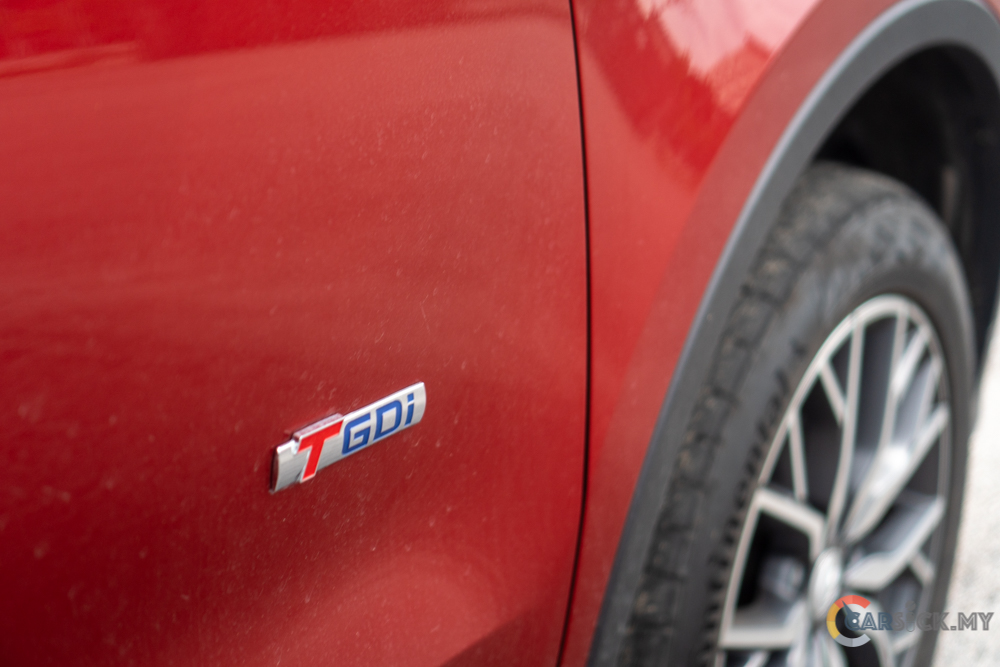
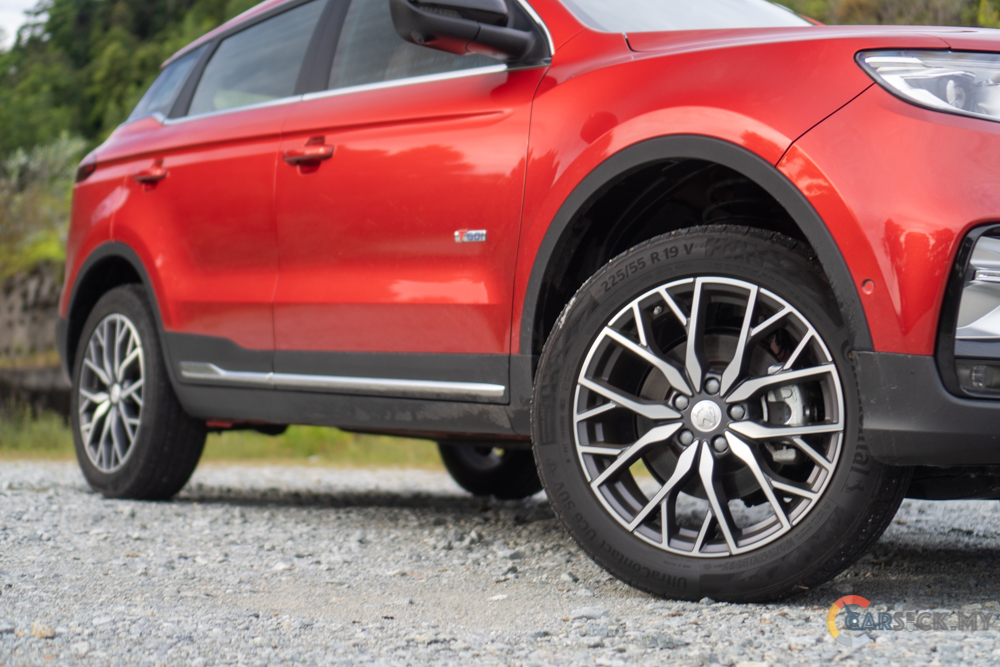
Safety wise, the X70 premium is loaded with a long list of safety and driver assistance systems. The most impressive driver assistance system on the X70 is the adaptive cruise control. The adaptive cruise control has the ability to detect bends on the road, where it will slow down a tad just to make sure the vehicle is stable while turning. For the safety system, the X70 comes with 6 airbags, Anti-lock Braking System(ABS), Electronic Brake Distribution (EBD), Brake Assist (BA), Electronic Stability Control (ESC), Traction Control System (TCS), Hill Hold Assist (HHA), and Hill Descent Control (HDC). And for the driver assistance systems, the X70 comes with Autonomous Emergency Braking (AEB), Forward Collision Warning (FCW), Adaptive Cruise Control (ACC), Lane Departure Warning (LDW), Blind Spot Information System (BLIS), Door Opening Warning System (DOW), Intelligent High Beam Control (IHBC), and Tyre Pressure Monitoring System (TPMS).
With a price tag of RM123,800, the X70 Premium is still a lot of car for the money. While it may not be the perfect SUV, it still covers most of the basic necessities that modern day car buyers are looking for. Considering that you’re paying B-segment SUV money for a C-segment SUV, there’s no other option available at this price point for such a vehicle.
Check out full photo album here. 